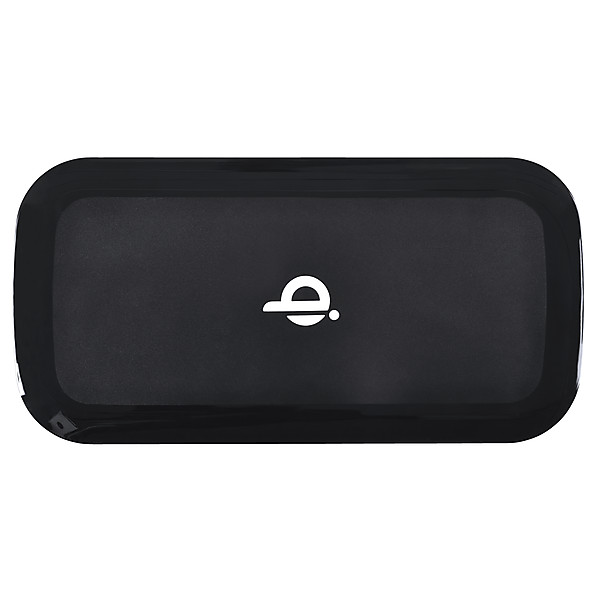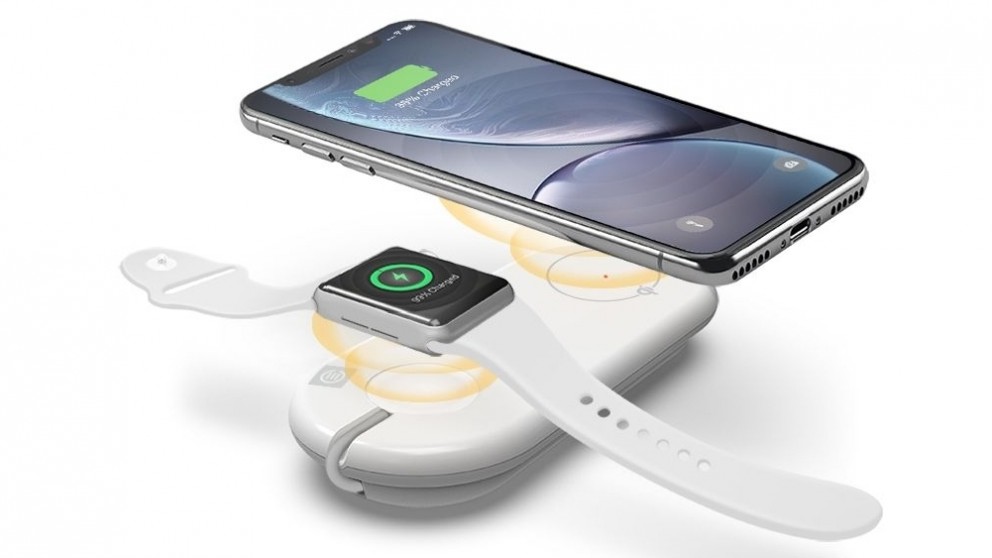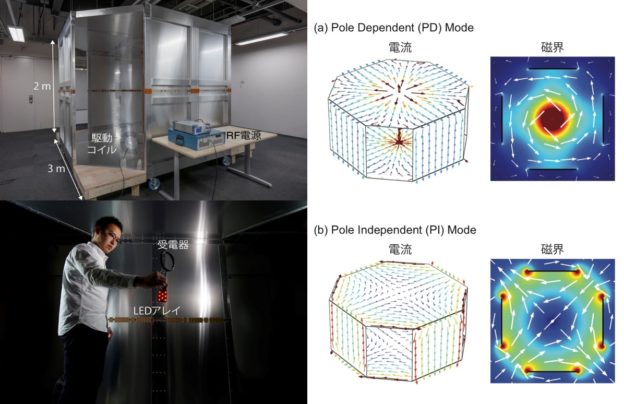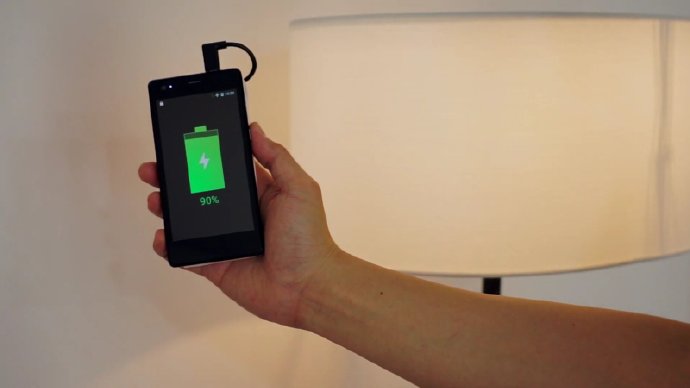In the modern age, our phones are almost glued to our hands. We’ve even developed ‘low-battery anxiety’ (yeah, it’s a thing..) to the point where backup batteries are one of the must-haves items when we leave the safety of our home charger. The charging cable in your bag always twists into little knots without your noticing and its head always cracks easily. Speaking from personal experience, it’s quite easy to leave your charging cable at home and it’s hard to find compatible cables, leaving the portable power bank in your hands useless. Thanks to wireless charging, these problems can be easily solved.
Wireless charging has been on the rise in recent years, with many new wireless appliances popping up on the market over the years, like wireless mouse charging pads, wireless charging platforms, some phone manufacturers have even made a new power share feature, which is also a form of wireless charging.
As the name implies, wireless charging doesn’t have to rely on traditional connections between the charger and appliance to allow charging. Here’s a key term you all should familiarize yourself with before we move on: charging specifications. One of the most commonly used charging specifications is known as Qi. Qi was developed by Wireless Power Consortium, made up of 24 members from LG Electronics, Toshiba, Panasonic, Philips and Sony. They ensure that the compatibility between chargers and appliances, with 2 billion compatible devices until now. Apple’s earlier iPhone models are also supported by Qi charging, showing how ubiquitous wireless charging has become. If you guys wish to use wireless charging, remember to check for compatibility before you buy new appliances!

Nowadays, the market of wireless charging is roughly divided into 2 segments: including inductive coupling and resonant inductive coupling.
No doubt you guys are no strangers when it comes to inductive coupling charging devices. Big brand names like Apple, Samsung and Xiaomi have been launching inductive coupling charging devices. The principle behind this kind of wireless charging is simple: the radiofrequency coil inside the charger will emit signals to find the compatible receiving coil and it will automatically start electromagnetic induction, causing the electrons in the radiofrequency coils to start moving, thereby creating a magnetic field, which will accordingly affect the electrons in the receiving coil, whereupon the flow of electrons is converted to electrical energy. In simple language, as soon as you put the phone on top of the charging platform and align the radiofrequency coil with the receiving coil, the phone will start charging automatically. However, inductive charging is constrained by distance in terms of millimetres, so the phone must be in contact with the platform in order to charge.

Resonant inductive charging overcomes this limitation easily. As long as your phone is within the specified distance, your phone can still charge without physical contact to the charging station. A charging house is an example of this technology.
Recently, Tokyo University’s Professor Yoshihiro Kawahara and his team published promising results on the matter: an automatic charging system in a 3 square metre room. As soon as you step into that area, your phone will automatically start charging.
In the experiment, the research team first installed magnetic plates in the wall and floors of the room, allowing a magnetic field to be produced in the room. At the same time, the installed radiofrequency coil on the back of the smartphone can convert the room’s electromagnetic field into electrical energy, allowing the device to charge. The magnetic field is powerful enough to charge all electrical devices inside the room.


In wireless charging, the room must be completely covered by the magnetic field, especially in the room where we live in long term. This may cause concerns about the effect of radiation in the house. On this subject, the research team has stated that the strength of the magnetic field is always kept well below the maximum strength deemed acceptable by international authorities, so it will cause no harm to humans at all. At this point, the technology has yet to be commercialized, so the team have their hands full increasing the efficiency and lowering the cost of the system, with the hopes they can reach their goal in 2 or 3 years.
However, even if the charging efficiency is optimum, scholars think that the transformer in the wireless inductive charging will still expend energy, so the charging efficiency will only reach a maximum of 80%, causing an evitable loss of 20% efficiency. Besides, the accepting coil is limited by the input power efficiency, so the charging rate will not be as fast compared to that of wired charging. In terms of battery health, technology columnist from ZDNet, Adrian Kingsley-Hughes pointed out that using wireless charging will increase stress on the battery, shortening battery life. So you can see, wireless charging is not perfect.
It is undeniable that technology has brought major conveniences to our lives. When we eat ur dinner, we no longer have to ask for chargers or charging cables. We can simply put our phones on the table and we can charge our phones and our friends’ phones at the same time. When we get back home, we no longer have to remind ourselves to plug in our phones, or to crouch near the mains socket when we play on phones. As long as we are in the house, we can happily play on our phones whilst it charges without a hitch.



